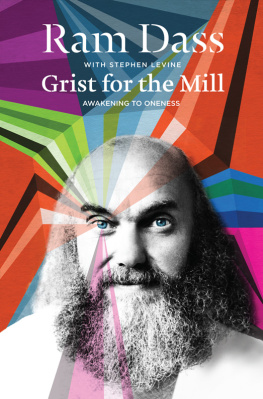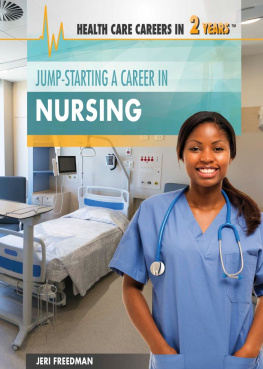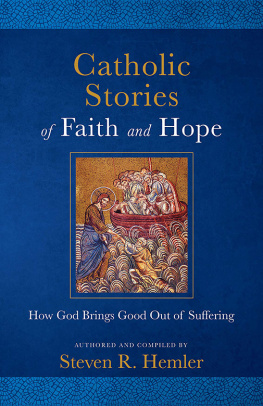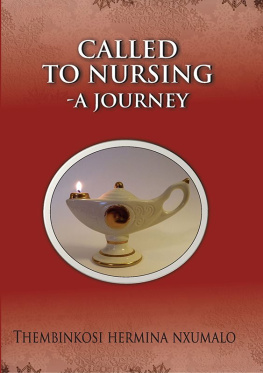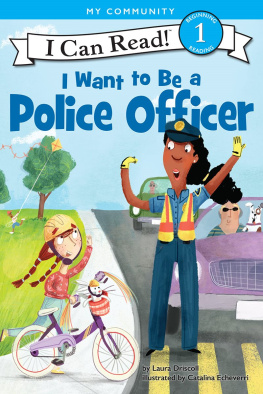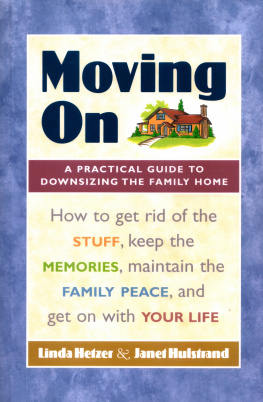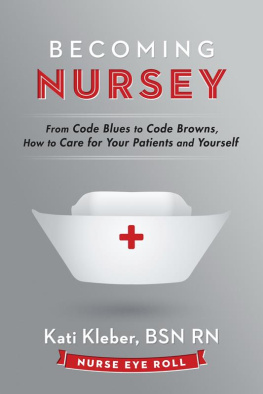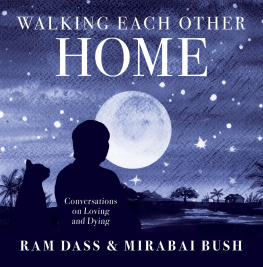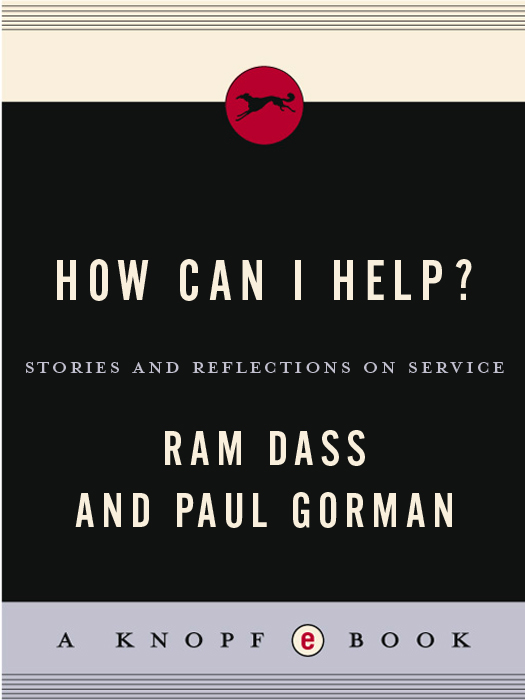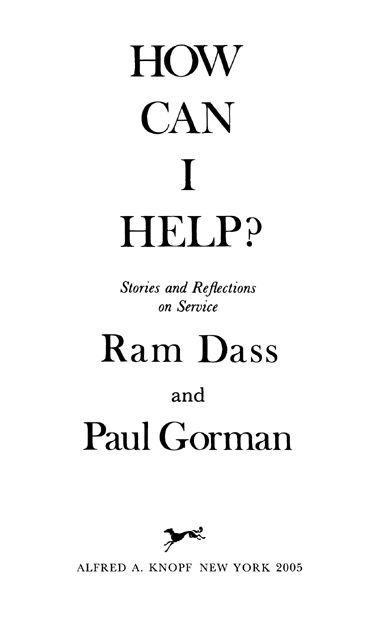It is fortunate that this book is so well written, because it should be required reading for all who are engaged in the helping professions, as well as for all who are committed to caring.
M. Scott Peck, M.D., author of The Road Less Traveled
~
This book is meta-service: service to the servers. It has the pulse of heart within heart.
Stewart Brand, Whole Earth Review
~
A perfect resource for volunteers who want to examine their work more closely. This is a remarkable bookone that challenges us to understand the impact of our efforts to help, not only on our communities, but on us as helpers and as people with needs.
Kerry Kenn Allen, President of VOLUNTEER
The National Center
~
A truly glorious book which is a must for anyone in the field of service. It puts us in touch with what trust and unconditional love are all aboutboth for our fellow man as well as for ourselves. The stories in this book are beautiful examples of living humanity.
Elisabeth Kbler-Ross, author of On Death and Dying
Also by Ram Dass
Be Here Now (1971)
The Only Dance There Is (1974)
Grist for the Mill (1977)
Journey of Awakening (1978)
Miracle of Love (1979)
This is a Borzoi Book, published by Alfred A. Knopf, Inc.
Copyright 1985 by Ram Dass and Paul Gorman.
All rights reserved under International and Pan-American Copyright Conventions. Published in the United States by Alfred A. Knopf, Inc., New York, and simultaneously in Canada by Random House of Canada Limited, Toronto. Distributed by Random House, Inc., New York.
Grateful acknowledgment is made to the following for permission to reprint previously published material:
Terry Dobson: for the story on . Copyright1981 Terry Dobson. Reprinted by permission of Terry Dobson.
Thich Nhat Hanh: for the poem Please Call Me by My True Names on . Copyright1983 Thich Nhat Hanh. Reprinted by permission of Thich Nhat Hanh.
Harper & Row, Publishers, Inc.: for the excerpt on of The Way of Life According to Lao Tzu translated by Witter Bynner (John Day). Copyright 1944 by Witter Bynner. Reprinted by permission of Harper & Row, Publishers, Inc.
Chet Manchester: for the story on . Reprinted by permission of Chet Manchester.
Random House, Inc.: for the excerpt on from Musee des Beaux Arts from W. H. Auden: Collected Poems, edited by Edward Mendelson. Copyright 1940 and renewed 1968 by W. H. Auden. Reprinted by permission of Random House, Inc.
Simon & Schuster, Inc.: for the story on from Mortal Lessons by Richard Selzer. Copyright1974, 1975, 1976 by Richard Selzer. Reprinted by permission of Simon & Schuster, Inc.
Whatever Publishing, Inc.: for the story on from The Dolphons Gift by Elizabeth Gawain. Copyright1981 by Elizabeth Gawain, pp. 2334. Reprinted by permission of Whatever Publishing, Inc., Mill Valley, California.
Library of Congress Cataloging in Publication Data
Ram Dass.
How can I help?
1. Helping behavior. I. Gorman, Paul, 1940
II. Title.
BF637.H4R36 1985 158 84-48734
eISBN: 978-0-307-80963-6
v3.1
Acknowledgments
I t was out of the Seva Foundation that the initial impetus for this book arose. The foundation, which was created as a vehicle for compassionate service, saw as one of its functions that of helping others find ways to serve, ways which would also be beneficial to the servers themselves. A book for a general audience, addressing the issues all of us face when called upon to care for one another, seemed a useful way to share the values that Seva represents.
As we began work on the book and we sought to identify issues to treat and individuals to talk to, it often seemed as if we were being sent on a treasure hunt, not knowing what wonderful person we would meet or story we would hear next. Many, many peopletoo many to enumeratehelped speed us along this journey. In the files of Voluntary Action Centers in several citiesagencies which place volunteers in service positionswe were able to locate a number of unsung heroes and heroines; we are indebted to these remarkable clearing houses of good works. From the greater chorus of these voices we have been able to include only the words of a few. With their agreement, we have presented their accounts without attribution in the text. Here, we all felt, was a way to evoke the universality of experience and power of common wisdom which is so central a theme in the book. A number of people even requested anonymity. But there are those, who talked to us at length and whose accounts we have included in some detail, whom we can thank publicly: William Hirscher, Marie Rapello, Mischa Avramoff, Bill Donaldson, Wavy Gravy, Patricia Lowery, Robert Louden, Charles Piera, Larry and Girija Brilliant, Raphael Flores, Peggy Dillon, and Harriet Krasnoff. The inspiration of their example has remained with us long after the time we spent together.
Much shorter excerpts have come from conferences and broadcasts in which participants did not identify themselves by name but understood they were collaborators in our work and expressed willingness to have their remarks included. We thank them, and are especially grateful to Omega Institute in Rhinebeck, New York, and WBAI-FM in New York City, for hosting a number of particularly valuable meetings and conversations.
Lillian North assisted us by transcribing interviews and conferences. Enid Gorman was a steady source of perspective and good judgment. And to Toinette Lippe, our friend and editor, our deepest thanks for her faith in this project from the outset, her patience and emotional support, and her own very special understanding of the issues we have treated. To N. K. B., thank you.
Contents
Preface
T his book began, in a sense, with people asking, How can I help? Sometimes the question was raised in specific circumstances: a woman concerned about her best friends depression, a nurse wondering what she might offer patients in addition to medical care, someone with time on his hands, eager to be more useful. On other occasions broader political issues were the catalyst. Often the inquiry grew out of very personal introspection into what constitutes a good and happy life. It was asked of us individually, regarding projects in which we ourselves were directly involved. However, more often than not, we heard it as something in the air, an open-ended question about peoples relationship to one another and to human suffering in general.
How can I help? is a timeless inquiry of the heart. Yet we often heard it asked in the context of our own culture and moment. As commitment to service has ebbed and flowed, many of us have spent a great deal of time considering the deeper values of our helping work. What exactly is the nature of conscious service? What are the challenges posed by present conditions? Our book grows out of this collective reflection.
As if to underscore the degree of shared concern, the book evolved into a wider collaboration than we had initially intended. How can I help? led us to investigate How are we helping? We met with many people active in the mainstream and tributaries of service and social action in America. What were the important issues they were encountering?


